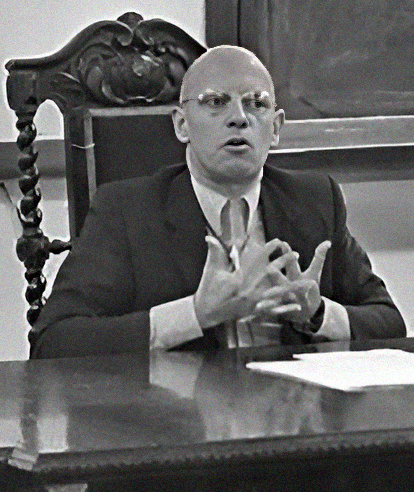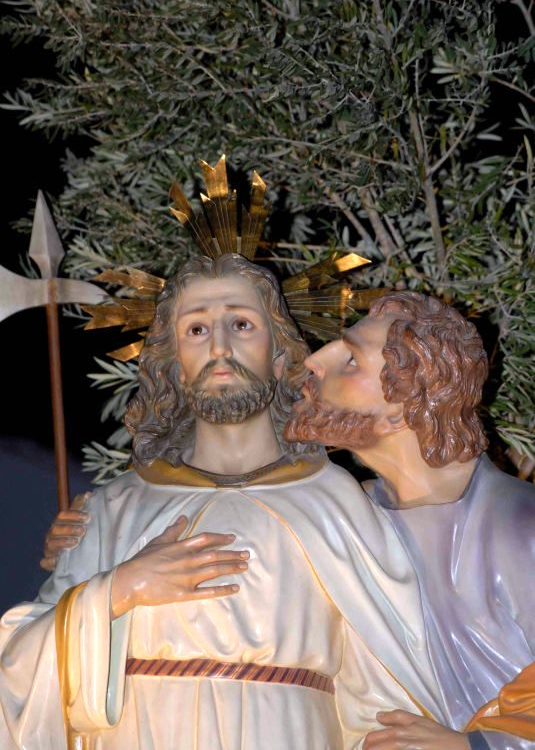"Imaginary Muslims: The Uwaysi Sufis of Central Asia" by Julian Baldick is an scholarly study of a Sufi scripture from around 1600 AD, "History of the Uwaysis", written by the otherwise unknown Ahmad of Uzgen in Kirghizia. A large portion of the book deals with East Turkestan, better known as Xinjiang. Today, Xinjiang is under Chinese control. At the time, portions of East Turkestan (the "historic" name of the region) was ruled by the Yarkent Khanate. The khanate was ethnically Mongol and religiously Muslim. The writer of "History of the Uwaysis" takes a positive view of the Muslim rulers of East Turkestan. The particular Sufi school with which Uzgani was affiliated enjoyed royal patronage in the Yarkent Khanate.
Baldick´s book is not just scholarly but *heavily* so, so this is not light bedtime reading, not even for fairly advanced students of the subject-matter in question. Baldick summarizes all 40 chapters of the "History", and unless Sufi hagiography is your thing, you probably won´t enjoy this material! Still, I suppose it´s a good thing that something associated with East Turkestan has been translated to English! Or at least summarized in this particular barbaric tongue...
A few intriguing facts do stand out, though.
I happen to think that many religious founders have either been heavily mythologized, or simply didn´t exist at all. Did Jesus really exist, for instance? What about the Buddha? Or Lao-tse? Nobody thinks Don Juan Matus was real, nor did Guy Ballard actually meet Saint Germain on Mount Shasta in 1930. I therefore read the introductory chapters of "Imaginary Muslims" with some interest. Here we go again, apparently...
The mysterious Uwaysi or Uwaysis turn out to be a anarchistic current within Sufism, the adherents of which claim to have supernatural contact with the spirits of dead Sufi masters, and even with the spirit of Muhammad himself. The Uwaysis claim a certain Uways al-Qarani as their founder. Uways was a contemporary of Muhammad and hailed from Yemen in southern Arabia. Curiously, Uways never actually met Muhammad in person, yet he knew long before it happened that Muhammad would become the last Prophet and founder of Islam. Uways is venerated by both Sunnis and Shias, and he is said to have been killed in combat at the battle of Siffin, where he fought for Ali against Muawiya. Siffin is close to Raqqa in northern Syria, and recently Uways´ tomb was destroyed by ISIS. But then, nobody really knows where Uways is buried - several other locations in the Muslim world claim to host his tomb! The truth is, that no real evidence exists for Uways having been a real historical person at all. The story of his life is obviously hagiographical: Uways is the role model for every Uwaysi, since - just like them - he was a Muslim without having any physical contact with Muhammad, relying instead on supernatural (perhaps telepathic) inspiration. Also, just like many later Sufis, Uways is depicted as poor, naked and mocked, living on the fringes of society, while in reality being highly favored by God, a secret not to be disclosed to the unworthy.
The first written sources on Uways are from the mid-9th century. It´s not clear when a more distinct Uwaysi current emerged. A certain Kharaqani (dead 1033) from Persia is considered an important figure in Uwaysi history. A Persian text known as "Memorial of the Friends" from the early 13th century claims that there is an entire group of people known as Uwaysis, who all get their instructions from Muhammad through spiritual means. During the 14th century, the Uwaysi tradition acquires a stronger position, due to the emergence of the powerful Naqshbandi order of Sufis. The Naqshbandi brotherhood seems to have incorporated both Uwaysi ideas and followers into their organizational structures. On the other hand, it also seems as if it becomes more difficult to really define what an "Uwaysi" is supposed to be, since all Sufis who claim to have supernatural contact with dead masters were now classified as "Uwaysi".
Baldick points out that some phenomena associated with Uwaysis are actually relatively common in the Muslim world. One is the idea that a Muslim can recieve supernatural revelations from God or Mohammad in his dreams. This used to be connected to the practice of visiting and sleeping at holy places in the hope of getting a supernatural revelation from some dead prophet or holy man. Another example is the belief in a mysterious character called Khidr, not explicitly mentioned in the Quran but associated with an anonymous teacher of Moses therein. Khidr is often seen as a supernatural character who can appear at will to instruct or aid the believer. Many Sufis claim to have recieved teachings from Khidr himself. In the legends, he often appears as a physical man of flesh and blood, and reveals his true identity only later. There is also some suspicion that the Uwaysi tradition (or even Sufism in general) represent a Shiite influence on Sunnism.
In East Turkestan, an "Uwayisi" brotherhood is said to have been formed during the 16th century by one Muhammad Sharif, who enjoyed the patronage of the Mongol ruler Abd al-Rashid (reigned 1533-1560). I get the impression that this was really the Naqshbandi order, incorporating some slightly wilder strands. Sharif is portrayed as being closely involved in the politics of his day, aiding Abd al-Rashid against his Kirghiz enemies by getting advice and blessings from Khidr, dead kings and equally dead Sufi masters. Or rather their living spirits at their respective tombs. After Abd al-Rashid´s and Sharif´s respective deaths, there seems to have been a split between the crazier mystics (the "real" Uwaysis) and the more organized "regular" Naqshbandis. Abd al-Karim (reigned 1560-1591) was associated with the wild men, while Muhammad Khan (1591-1609) favored the regulars, and was indeed their leader. But even the official Naqshbandis had certain "Uwaysi" traits, thus the father of Muhammad Khan´s spiritual master Muhammad Ishaq supposedly took instructions from "the men of the unseen", and at one point Ishaq´s deputy conjures up the master´s spirit to get some much needed advice!
As for "History of the Uwaysis", most of its hagiographies are evidently of completely fictitious people. Baldick has diligently searched for them in other written sources, and in some cases visited the locations of their supposed tombs, and found nothing. One of the few exceptions is Satuq Bughra Khan, a 10th century Turkic ruler in East Turkestan, and a member of the so-called Karakhanid dynasty. Satuq may have been the first Turkic ruler to convert to Islam. Yet, even his biography is heavily mythologized, with the future bughra khan carrying out impossible feats of conquest (and a few miracles) at the tender age of 12. Muhammad saw him during his Ascension, when he encountered the spirits of many dead prophets. Although Satuq was not a prophet, he was nevertheless counted among them, and Muhammad prophesized that Turkestan would one day become Muslim thanks to Satuq. Some say Ali made these predictions. He was instructed by the spirit of Muhammad in Uwaysi fashion, and also encountered Khidr and a Sufi master disguised as a hare (sic). But we´re supposed to take the Bible or Buddhist traditions seriously, right?
An interesting observation made by Baldick is that the Sufi-Uwaysi practices have "pagan" elements. One example is "incubation", most famously associated with the ancient Greeks and their practice of sleeping in temples dedicated to Asklepios, hoping to see the god in their dreams. How is this different from sleeping at the tombs of dead prophets or Sufi saints, hoping to get guidence from them? (Indeed, how is that different from necromancy?) The Sufi masters often resemble antinomian Hindu gurus, who combine asceticism with libertinism, meditate on charnel grounds, walk around nude, and so on. The Sufis prefer dunghills to charnel grounds, obviously because Muslims bury their dead. I have a faint memory that one of the Uwaysis in the "History" was handling a human skull, again like fringe Hindus. There are even some "shamanistic" traits in the Uwaysi tradition, which is intriguing given its connection to Turkic and Mongol converts from shamanism. Muhammad´s Night Journey and Ascension could be given a shamanistic spin, and so can the idea that humans get instruction from animals (the hare which turns out to be a shape-shifting Sufi teacher). Baldick even believes that Khidr ("the green one") might be connected to the Green Man from European and Mideast pagan mythology.
The main take away from "Imaginary Muslims" is that an entire religious tradition can be mostly based on fiction, including fictitious biographies of fictitious people. Which doesn´t necessarily disprove that there is *something* real behind the veil. But whatever that might be, it´s probably not an imaginary Muslim...


_(25169790524)_crop.jpg)
.jpg)

.jpg)







.jpg)


